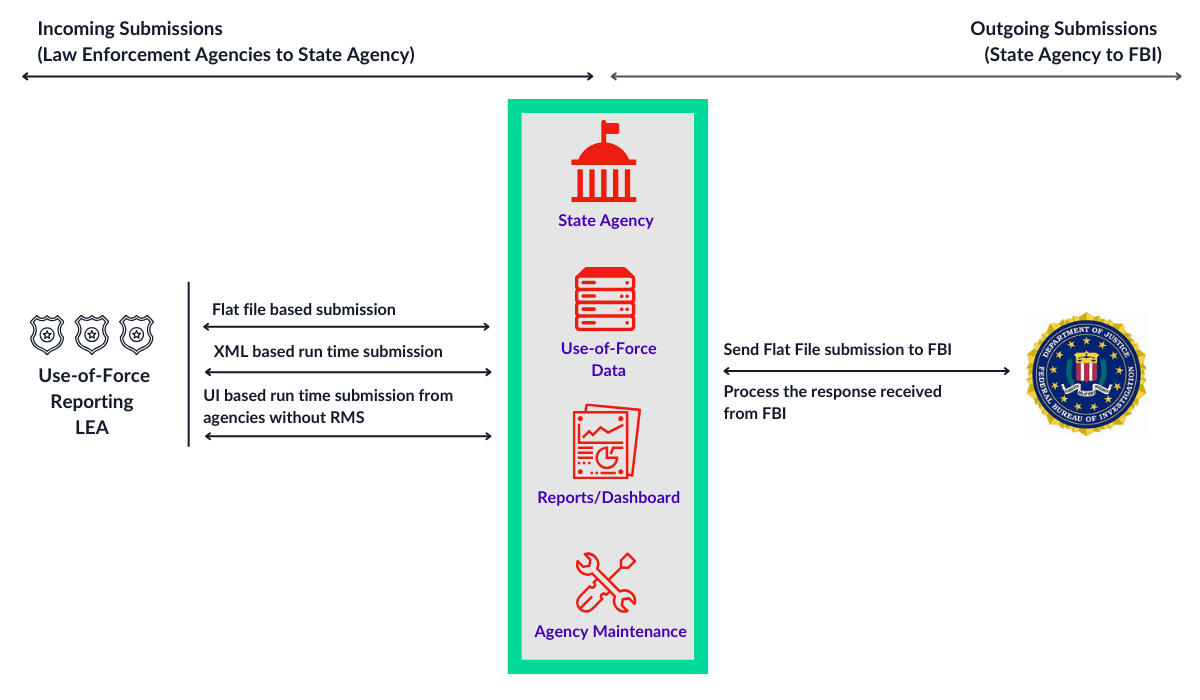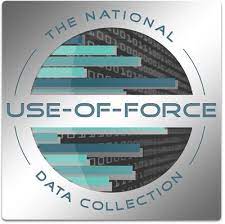Ensuring Public Safety agencies have reliable, instantaneous access to the data needed to make the right decisions at the right time.
Situations in which law enforcement must interact with an unwilling individual and force is used, whether in self-defense or to encourage compliance, it is considered a “use-of-force” incident. In instances where even the smallest incident can cause a problem, documentation becomes accountability. Use-of-Force (UoF) reporting not only informs the department but also promotes transparency within the community leading to fewer incidents and escalations.
Voyatek Use-of-Force Reporting

- CJIS Compliant
- Inbox– Receive message alerts
- Dashboard– Quickly check status and alerts
- Reports – Summary by Agency, Region and State
- Notifications
- FBI UoF File generation
- Monthly XML-file submission to FBI
- Zero Reports
- Processing Error Data Set (EDS) from FBI
- Flexible – XML format gives flexibility to change values for the enumerated list
- Configurable – State specific UoF data requirements can be applied to the incoming submissions
- Correlation with NIBRS Incident Report identifier
- Agency Maintenance
- Account Management
- Audit Services
- Non-invasive – Voyatek Use-of-Force Reporting System integrates with existing LEA RMS systems, regardless of technology
Qualifying Use-of-Force Events
The National Use-of-Force Data Collection aggregates data associated with three types of use-of-force incidents:
- Fatality occurs to a person in connection with use-of-force by a law enforcement officer.
- Serious bodily injury to a person in connection with the use-of-force by a law enforcement officer.
- Discharge of a firearm by a law enforcement officer at or in the direction of a person, where no death or serious bodily injury occurred.
The definition of serious bodily injury based on 18 United States Code 246 (4). “‘Serious bodily injury’ means bodily injury that involves a substantial risk of death, unconsciousness, protracted and obvious disfigurement, or protracted loss or impairment of the function of a bodily member, organ, or mental faculty.”
Use-of-Force Data Elements
The National Use-of-Force Data Collection captures a variety of data elements associated with:
Participation
Participation in the National Use-of-Force Data Collection is voluntary. Providing the use-of-force information contributes to the aggregation of nationwide data, allowing macro analysis of nature of incidents, subjects and circumstances associated with law enforcement use-of-force, strengthening the bond of trust.







